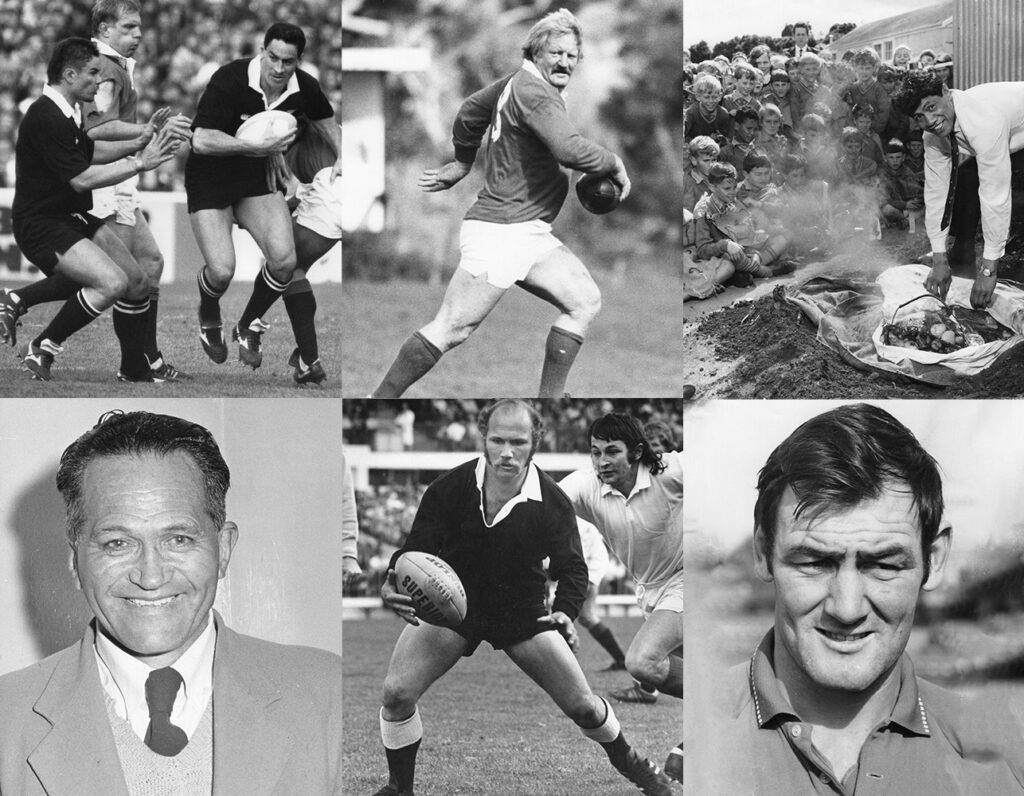NZ’s Largest Rugby Image Collection Enters Open Market
Impact PR client, Los Angeles-based art dealer Duncan Miller Gallery, made nationwide headlines following the release of details of the auction of 41,000 rugby images – the largest collection of photographs from the sport in the country to enter the market.
As one of the top public relations agencies in New Zealand Impact PR was on hand to coordinate the media opportunity – leveraging it in local media for their client. Positive media coverage was seen in a wide range of high-reach titles including the New Zealand Herald.
See more below and read the full story:

A taonga archive comprising thousands of images of Māori, Pasifika, and New Zealand European rugby legends from the early 20th century is currently up for auction.
The Fairfax Archives rugby collection represents the largest trove of New Zealand rugby photographs to ever be available on the open market. This collection includes historically significant images from the 1925 Invincibles Tour and features more than 2,500 individual players across 41,000 photographs.

Rugby icons such as George Nepia, Waka Nathan, Sid Going, Taine Randell, Buck Shelford, Brian Lochore, Alex Wyllie, and Frank Bunce are all included in the collection, along with photos of matches, teams, and clubs.
These rugby photographs have been in foreign ownership for over a decade after Fairfax Media sent more than 1.4 million news images to the United States for digitisation in 2013. The archive was at risk of being lost until it was acquired by the Duncan Miller Gallery in Los Angeles.
Dr Paul Moon, a Professor of History at AUT, asserts that the auction presents a valuable chance to reclaim an important part of New Zealand’s history. He notes, “To my knowledge, there is no other archive of this scale covering a century of rugby history in our country. It’s hard to imagine a collection more significant to sport in Aotearoa.”
Dr Moon explains that without this collection, assembling a detailed visual history of rugby in New Zealand to such an extent would be nearly impossible. These photographs are vital pieces of the documentary record of the sport and hold international importance.
He further highlights rugby’s traditional role in shaping New Zealand’s national identity. “Rugby has reinforced stereotypes about masculinity, served as a central point for social gatherings, especially in rural areas, and has been tied to New Zealand’s international sporting success in a way unmatched by any other sport,” says Dr Moon. “The 1981 Springbok tour demonstrated the central role rugby played in society and politics, as well as its international impact.”
“Māori have played an essential role in the development of rugby in New Zealand, contributing not only through the success of many players over the last century but also culturally, most notably with the haka performed before major rugby matches. This has become an internationally recognised element of New Zealand rugby.”
Dr Moon adds that this photographic collection transcends rugby, offering a visual documentary history that captures traces of major social changes in New Zealand over the century, allowing for reflection on the country’s societal evolution during that period.
Daniel Miller of the Duncan Miller Gallery describes the rugby collection, valued at several hundred thousand dollars, as a visual repository capturing New Zealand’s most pivotal rugby moments from the 20th century. It forms part of a larger collection of images originally taken for regional and national newspapers under the Fairfax banner.
Miller hopes that an organisation or private collector supportive of New Zealand rugby will purchase the archive to ensure its return to local ownership.
“This is undoubtedly the largest collection of New Zealand rugby photographs ever made available on the open market. It includes subject matter spanning an entire century, starting from the early 1900s. Many of these photographs are the only remaining visual records of these moments, with the negatives long lost.”
Earlier this year, the National Library of New Zealand acquired another taonga archive with thousands of images depicting Māori life from the early 20th century.
In addition to the rugby collection, Miller says the archive contains thousands more images capturing significant moments in Aotearoa’s history. “We also have images of anti-nuclear protests, the 1931 Hawkes Bay earthquake, and pre-WWII military training camps for high school students.”
The rugby collection is being auctioned as a single lot to a private buyer, group, or institution through the online auction platform accessible via rugbygreats.co.nz this month. The 41,000 images in the auction have no reserve and start at $1.
If you have questions about public relations, contact us today. – we would love to help.
 Enquire
Enquire